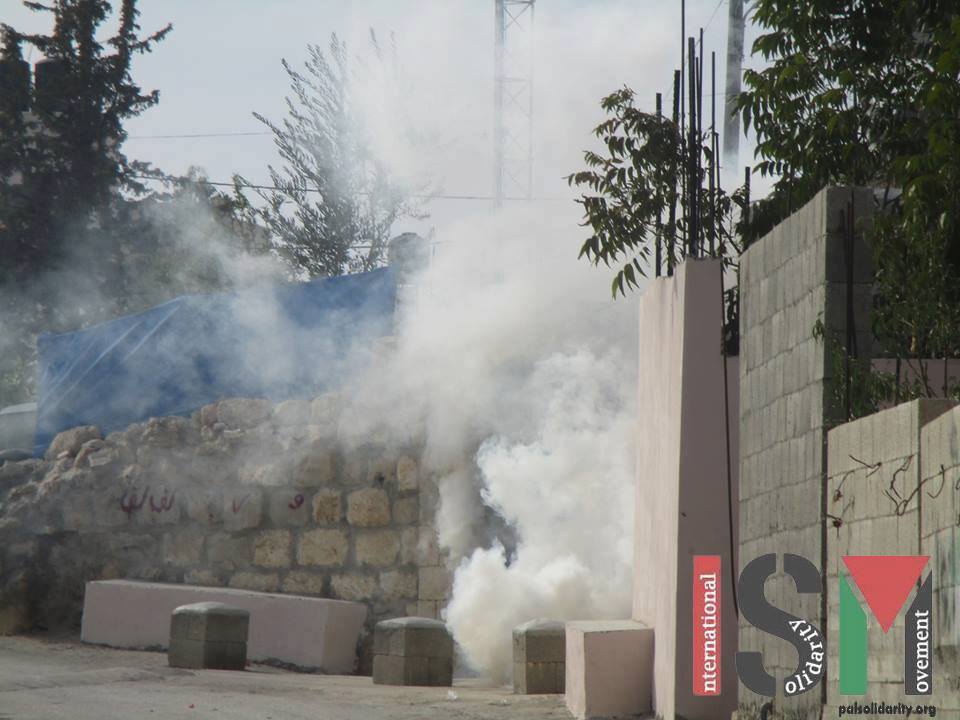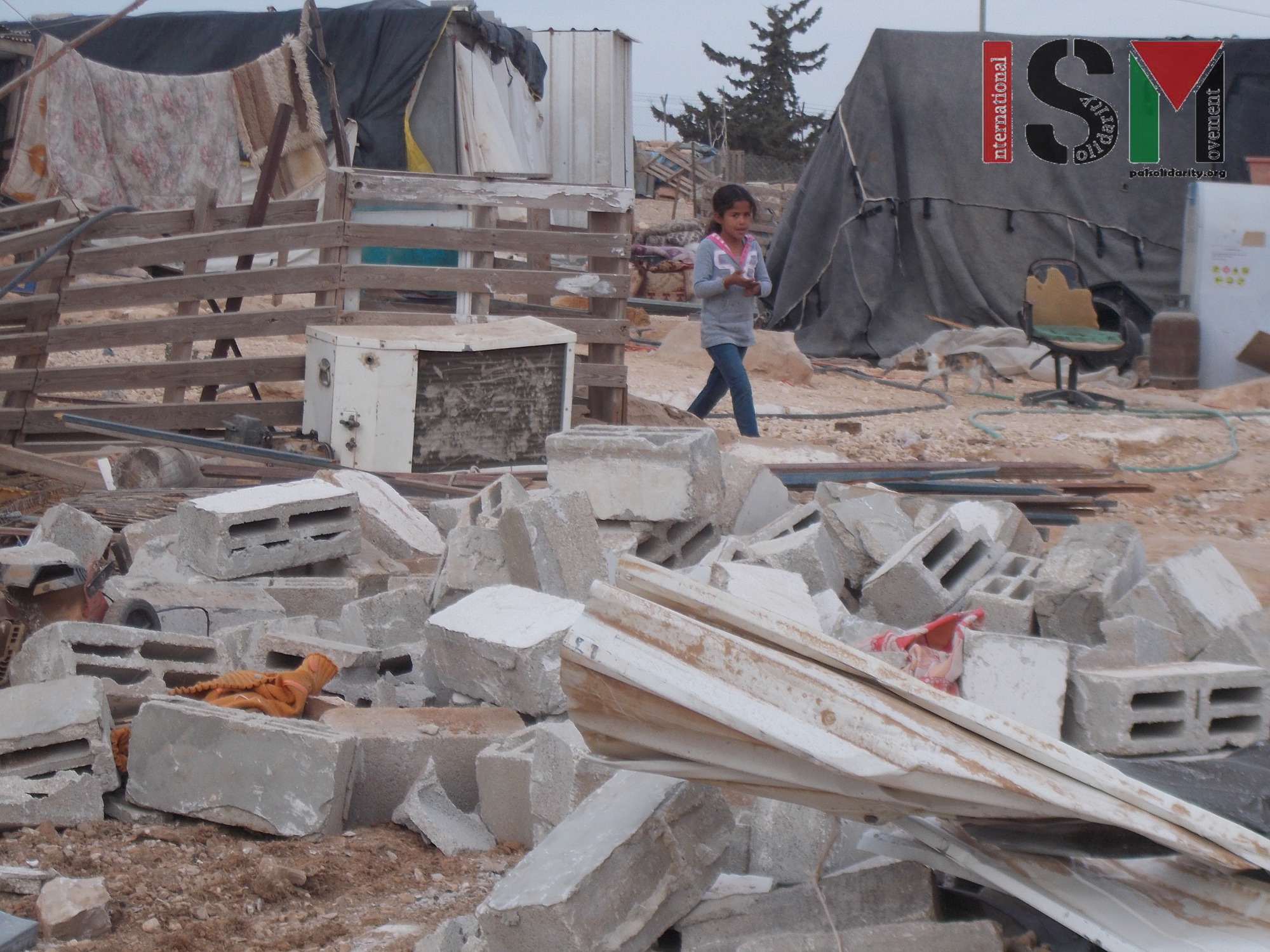-
Village invasion at Ni’lin weekly demonstration
11th November 2016 | International Solidarity Movement, Ramallah team | Ni’lin, occupied Palestine On 11th November, international activists joined Palestinian villagers in Ni’lin for their weekly demonstration against the apartheid wall that runs through their land. One week ago at the demonstration, a Palestinian youth was shot in the head with a rubber coated metal […]
-
Nothing is simple in Palestine
17th November 2016 | International Solidarity Movement, al-Khalil team | Umm al-Kheir, occupied south Hebron Hills Almost nothing in Palestine is what you expect for the most part. And, this is so true of the negative things you see. No matter how bad you think things are or expect them to be, you are almost […]
-
[Video] Notorious Israeli settler Anat Cohen harasses human rights activists
https://www.youtube.com/watch?v=lCCfHvCjA-M&feature=youtu.be
Action Alert An Nabi Saleh Apartheid Wall Arrests BDS Bethlehem Bil'in Cast Lead Demonstration Denial of Entry Ethnic Cleansing Farmers Gaza Global Actions Hebron House Demolition International law Israeli Army Jerusalem Live Ammunition Nablus Ni'lin Prisoner Ramallah Rubber-coated steel bullets Settlement Settlers Settler violence Tear-Gas Canister Video


